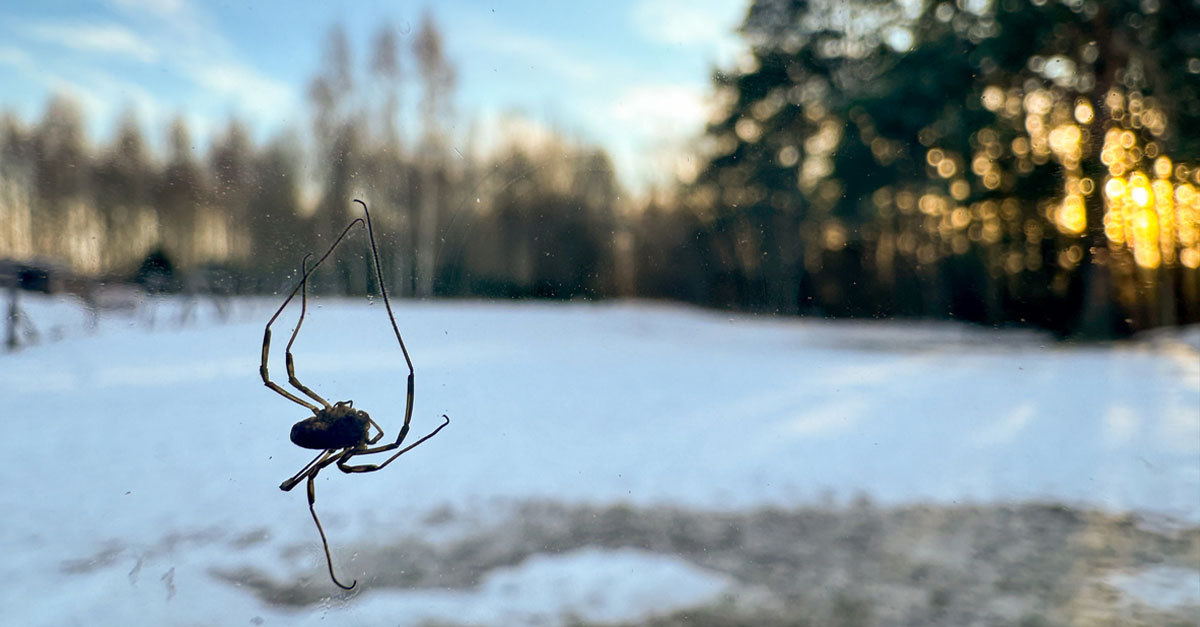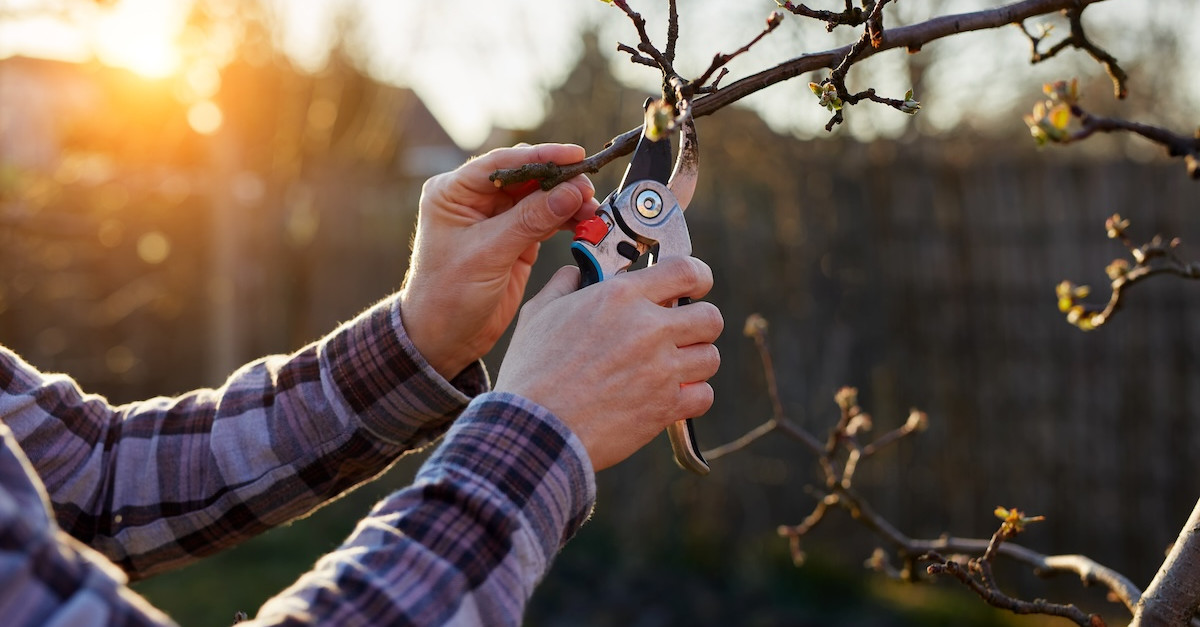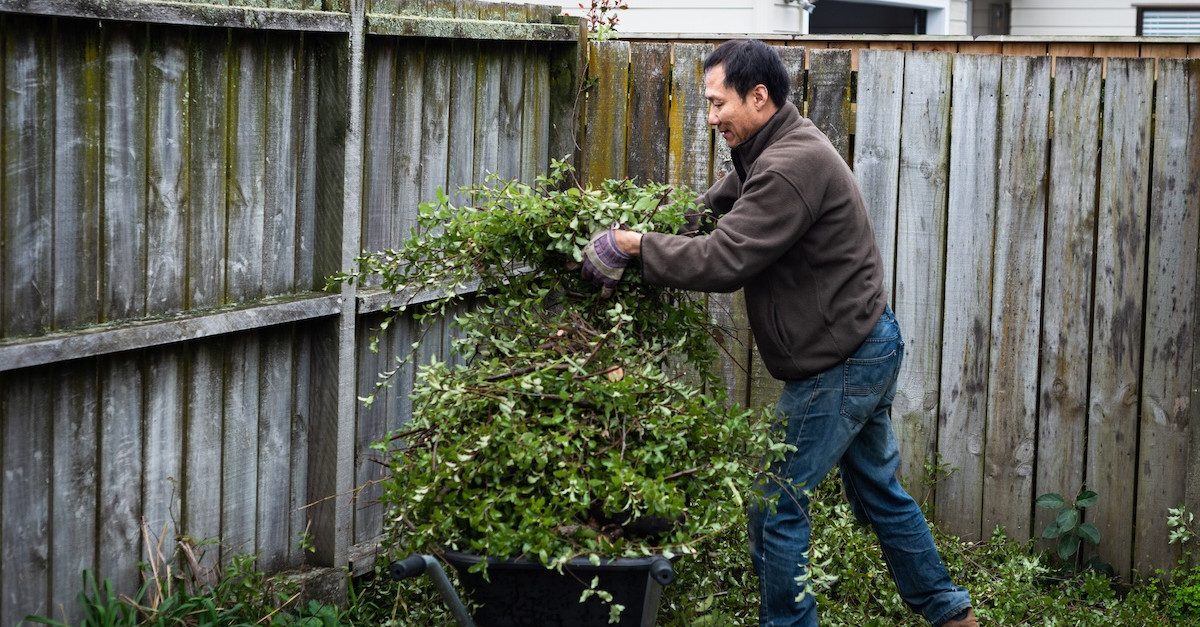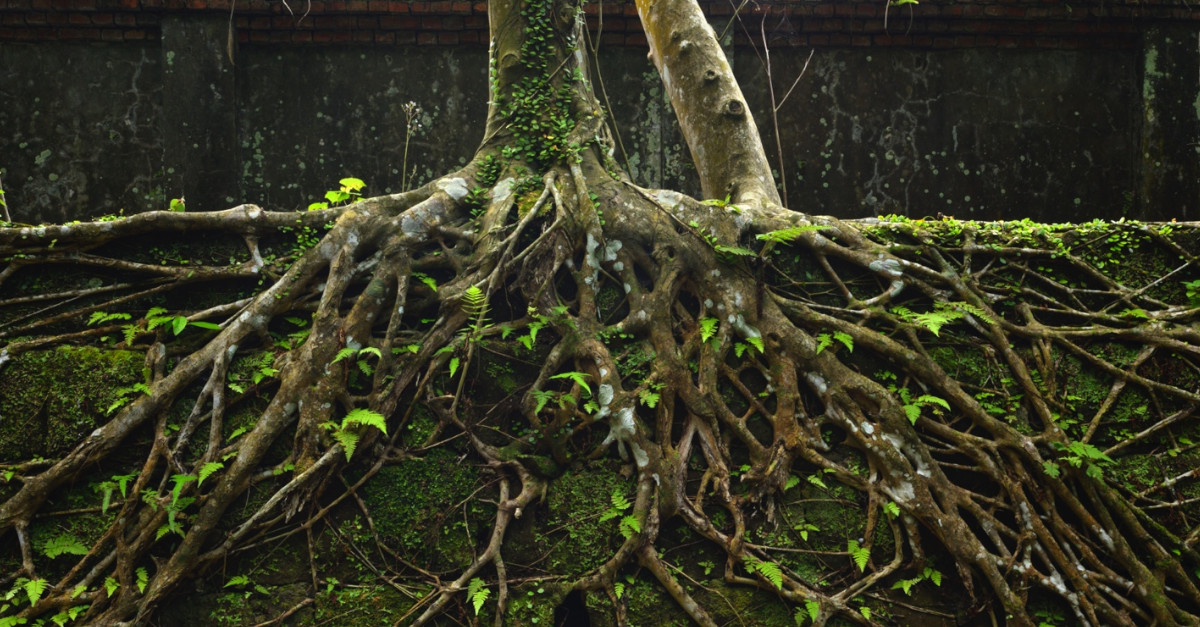Why Winter Is the Best Time to Inspect Your Trees for Pests
During winter, bare branches give homeowners a break from many of the tree and shrub care activities that can keep you busy in other seasons. And while you can mostly kick back while the weather is cool, there are a couple of exceptions to stay on top of — one of which is pest inspection.
Even if your trees appear healthy, this thorough look-over is worth your time. Here, we explore why winter is the best time of year to check for common tree pests in Georgia.
Why Check for Common Tree Pests in Georgia This Winter?
Get a Good Look Without Any Leaves
Thick canopies and lush blooms look lovely in the spring and summer, but they do create barriers if you’re sneaking a peek at your tree’s bark and branches. When trees are dormant and leaf-free, you won’t have to fight your way through thick foliage to get a good glimpse.
Without leaves and flowers obstructing your view, you’ll also have a clear sight of any signs of pest problems. Specifically, you’ll want to watch for:
- Tiny pinholes used as entryways, caused by boring insects like pine borer or ambrosia beetles
- Peeling or flaking bark (also known as “bark scaling”), is a notorious sign of beetles, spider mites, aphids, and other common tree pests in Georgia
- Egg masses
- White spots (sometimes caused by powdery coatings found on mealybugs)
- Scale-like bumps that boring insects create as they tunnel through bark
Spot Signs of Pests Without Actually Encountering Them
While a colony of live insects may indeed be the most surefire sign of an infestation, stumbling upon them can be an unwelcome surprise. Catching their clues without actually coming into contact with the creepy crawlers is much preferred, which is why winter — when many are inactive — is a great time to scope things out.
Depending on the species and maturity of the pest, juvenile insects may overwinter deep inside dormant trees, while some adults can outlast chilly weather. In any case, you’re likely to see reduced activity — especially as eggs lie in wait for springtime hatching.
Set Yourself Up for a Successful Spring
Spotting signs of an infestation can be unsettling. Still, it’s better to discover an issue now — when you can treat it promptly — than to wait until the spring, when eggs have hatched and there’s an active infestation to cause damage. If you do suspect pest activity, you’ll want to apply a dormant oil spray. These petroleum-based solutions are toxin-free contact insecticides, meaning they kill pests that come into contact with the solution. Be sure to apply the product on a non-windy day to prevent it from spreading to sensitive species (such as evergreens), when the temperature will be above freezing for at least 24 hours. Target only the areas where pest damage is present to keep the rest of your ecosystem thriving.
Concerned About Tree Pests? Call Premier Tree Solutions
When caught early enough, most pest damage can be contained. But if you find a widespread insect issue and need professional help, turn to Premier Tree Solutions. Our team can assess your trees to determine the best steps for keeping your property pristine. For a free consultation, call us at 404.252.6448 or send us a message through our website.







